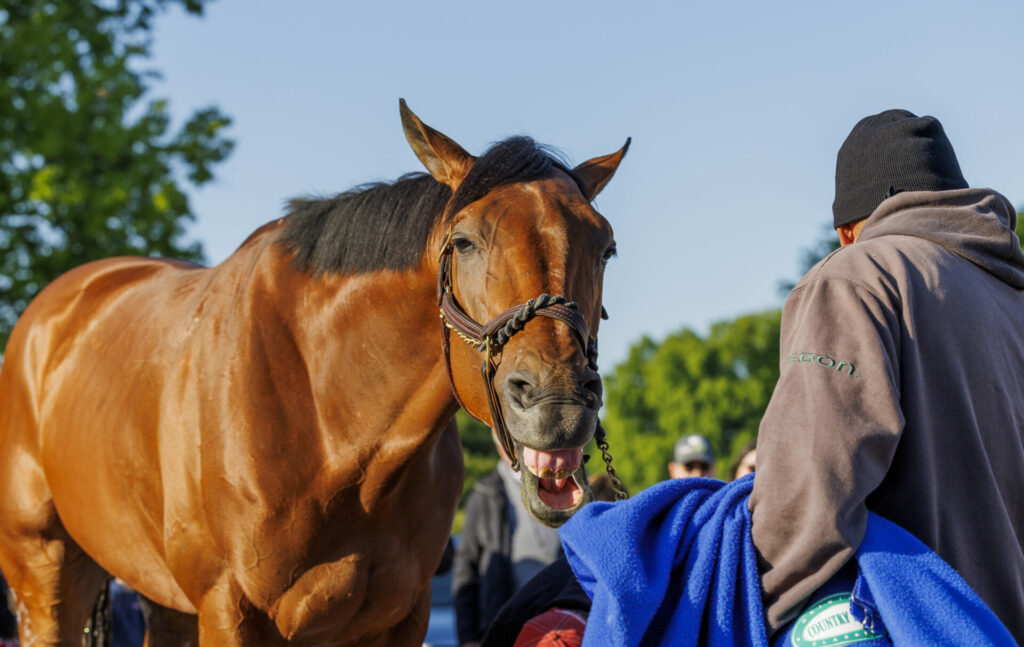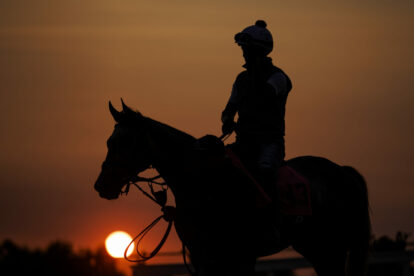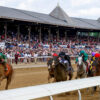Betting techniques are vital to a successful gambling experience. Still, there are only so many times you can read “how to bet on racehorses” and “horseracing tips” articles before you start running out of new information. Fear not – we can help. Looking at the history and stats of a particular horse and jockey combination is vital, but there is one way of predicting a horse’s results: its anatomy.
A horse’s build does not only determine how fast and strong it is or will turn out to be but also whether it is prone to injuries, which will stunt its performance in the future. On the other hand, certain features of a horse attract potential buyers more than others.
Musculoskeletal considerations
Muscle strength is an imperative feature of a powerful racehorse, but have you ever thought to consider where the horse’s muscle definition matters the most? The shoulder and forearm muscles are very desirable, especially for jumpers that need more strength in their leaps. The skeletal structure is just as important. It takes into account both the strength of a horse’s bone and the “amount”, or the ratio of bone (which is related to the strength and size of the bones) to the size of the horse. One horse’s big bones might look small and fragile in a larger one. The two also work together, the muscle protecting any joints from getting injured, just like in humans.
External features
The exterior matters, too. The back, hip, and neck of a horse should be as proportionate as possible. This will prevent injuries by allowing a natural stride that does not put too much strain on particular parts of the body. This balance is usually not seen until a horse is about 5 years old. The coat of a horse is what makes it so beautiful. Of course, a gleaming, well-groomed coat attracts buyers who value aesthetics, but more importantly, it means that a horse is well taken care of. An unloved horse is an unhealthy horse and most definitely an unsuccessful racehorse. It’s important to remember the individuality and quality of life of the horse. These animals are not just props in the sport, without them the races could never even take place.

Movement and Temperament
The first aspect of a horse’s movement that bettors notice, is the stride. It’s unfortunately not as simple as long vs. short strides. Some horses with short strides may be faster, or have more endurance than those with longer strides. Larger horses may be slower due to their weight, or face more injuries.
Movement and temperament go hand in hand. For example, a horse may be agile and quick-witted, but that won’t matter if it is untrained and badly mannered, as it may be less obedient or use its skills to the best of its ability. If a horse is not able to handle the energy of races and events or if it doesn’t have the right focus, it will not be a good racehorse, and the horse, owner, jockey and bettor will all be unhappy.
There are of course a thousand things you can analyse before making a bet, but at some point you just have to go for it. If you’re still unsure of yourself, there are always resources like TPP explains horse racing you can consult.
Now giddy up, and good luck!










